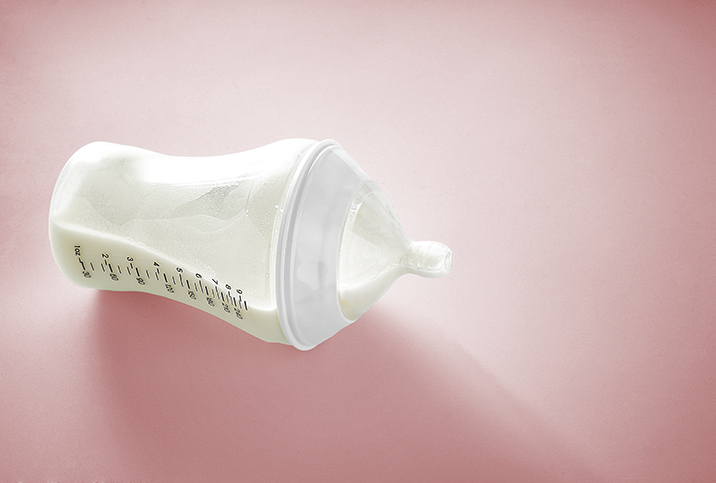Elective Induction: A Look at the Pros and Cons

Elective induction is defined by Mayo Clinic as "the initiation of labor for convenience when there's no medical need."
A 2020 study showed that of expecting parents who were induced, more than a third had elective inductions. Elective induction can take the gamble out of the labor process for anyone who wants a more predictable birth experience.
"Choosing the induction option was honestly the best choice I could have made because, as a first-time mom, I was terrified of the labor and delivery process. I was scared to the point that I was making myself sick with anxiety because I didn't think I could handle it," said Maggie Baird, a mother in Augusta, Georgia, who chose elective induction for the birth of her son.
"Having the induction gave me the opportunity to plan out as much of the process as I could, like when I could eat a last big meal before laboring, when I could get my epidural, etcetera, rather than just waiting for my water to break at any time, rushing to the hospital and not knowing what to expect. Choosing to be induced gave me more control over my birth experience," she said.
There is certainly comfort in control, and that's why many expecting parents choose elective induction. However, as with any medical procedure, there are both benefits and risks associated. Let's take a look at some of each.
Benefits of elective induction
Knowing when to head to the hospital isn't the only benefit of elective induction. It can also allow parents to choose their baby's birthday and arrange care for their other children if needed.
"Some of the benefits of elective induction are being able to pick your baby's birthday. This can be important for parents who have work obligations to work around, other children who need to be cared for during the birth or a partner or birth coach who has limited time to attend the birth, such as during military leave," said Abbey Hall, owner and doula at Mind, Body, Babies in Des Moines, Iowa.
Additionally, if your baby is ahead of schedule size-wise, you can choose elective induction to potentially facilitate an easier birth as large babies are typically more prone to birth complications. However, it's important to note that your baby's size prediction is just that—a prediction.
"The number one reason I see elective inductions is for postdates, after 40 weeks, especially if they are 'predicting' a large baby," said Holly Yeager, a doula and owner of Lancaster Doulas in Pennsylvania. "It is very hard to accurately predict the size of a baby, especially so late in pregnancy."
Risks associated with elective induction
Though elective induction can give expectant parents more control over the labor process, as with any elective medical procedure, things don't always go exactly as planned. With elective induction, you run the risk of labor taking longer than you had anticipated.
"Some risks with elective induction are that it tends to be a longer labor—sometimes multiple days—which can be tiring for the birthing person and their support people," Hall said.
Additionally, the medications used to induce labor come with risks and potential complications of their own.
"The medications used to ripen the cervix can be uncomfortable," Hall said. "Pitocin, which is often used to get contractions started or more effective, can cause more pain than contractions when someone goes into labor on their own, and there is a higher risk of needing a cesarean section or other dangerous complications."
Furthermore, since induced contractions tend to be more intense, individuals who want to deliver without the assistance of pain medication may not want to choose elective induction.
"Induction contractions can feel stronger than natural contractions, increasing your desire for pain relief," Yeager said.
Finally, there's the risk of elective induction simply not working. Sometimes your body and baby are on their own schedule, and there's not much you can do other than let nature take its course. In some cases, a cesarean section may be necessary after a failed induction.
"There is always, of course, the risk that the induction will not work," Yeager said. "In this case, we often give our clients the option to turn off all the medicine, rest a few hours and start again, or go home and wait for natural labor to start."
When in doubt, talk it out
"My OB-GYN and her team were amazing. They gave me lots of paperwork and literature beforehand to go over at home and share with my husband," Baird said. "At the time of the induction, they talked me through everything as it was happening, what was going to happen next, and when I had a choice to change something, they would always talk me through all my options so that I could make informed decisions."
There are multiple valid reasons to consider elective induction, but as always, it's important to be fully informed of both the benefits and risks of the procedure. Make sure you have thorough discussions with your medical professional team so you're informed of all your options.


















